21 Household Items From the 1950s That Would Never Be Allowed Today
The 1950s brought in a wave of new household products and gadgets, but a lot of them came with hidden dangers. Radioactive toys were sold as novelties, and plenty of furniture and insulation were made using lead and asbestos. At the time, nobody realized how risky these materials could be—today, they’re banned for health reasons.
Let’s read about some that would never be allowed–or at least raise eyebrows–now.
Radium Clocks
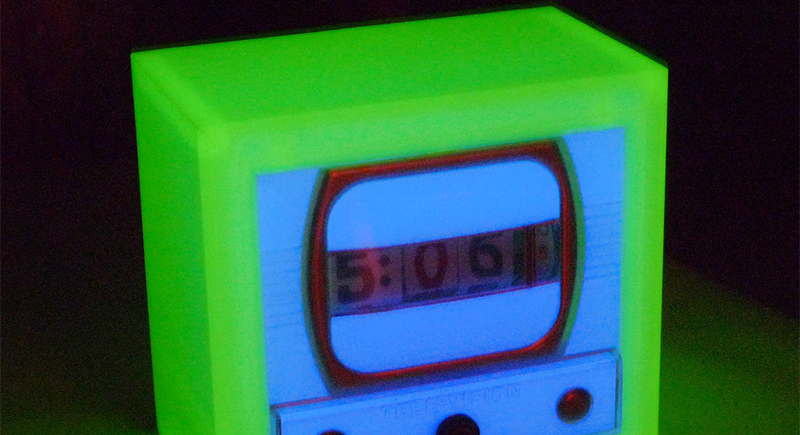
Credit: flickr
Glow-in-the-dark clocks were trendy, thanks to radium-based paint. The radioactive material, once applied by workers who licked their brushes for precision, caused jaw necrosis, anemia, lung and bone cancer.
Asbestos Insulation
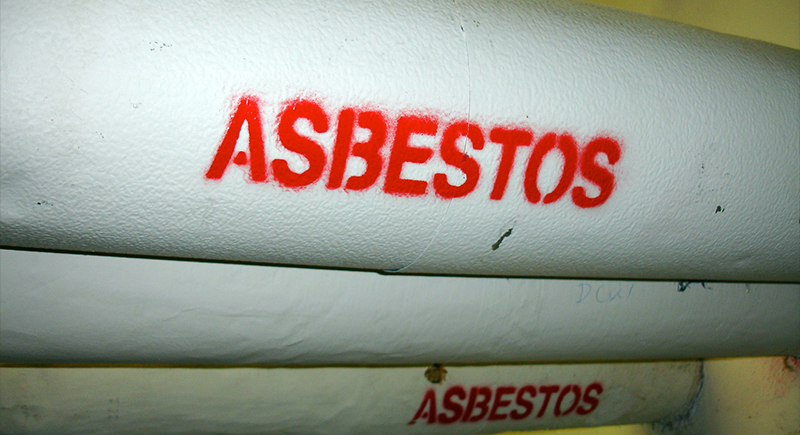
Credit: Wikimedia Commons
In the 1950s, homes were packed with asbestos in attic insulation, pipe wrappings, and even ironing boards. Although asbestos was praised for being fire-resistant, inhaling its microscopic fibers led to lung cancer, asbestosis, and mesothelioma. Builders didn’t know then that the so-called miracle material was silently deadly.
Lead Paint

Credit: Wikimedia Commons
Lead-based paint clung to walls and furniture in most homes, since it was admired for its rich color and durability. Children who chewed on painted cribs or toys ingested lead, which attacked the nervous system and led to developmental delays. Despite early red flags, it wasn’t banned in the U.S. until 1978.
Mercury Thermometers

Credit: flickr
Glass thermometers, filled with shiny mercury, were a staple in medicine cabinets. But when they broke—and they often did—mercury vapors filled the room. These vapors can damage the spinal cord, brain, kidneys, and lungs. Cleanup advice back then usually involved brooms or vacuums, which only spread the contamination further.
Aluminum Cookware
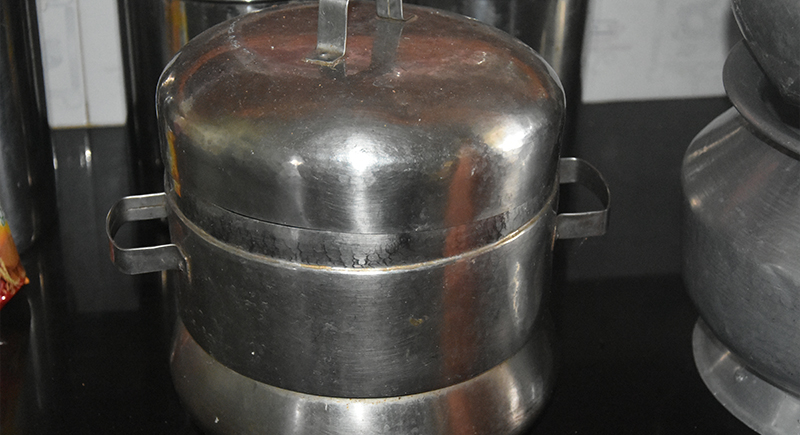
Credit: Wikimedia Commons
Aluminum pans were inexpensive and lightweight, but questions arose about what they left behind in the food. Acidic dishes could cause the metal to leach into meals. Some studies explored a possible link to Alzheimer’s disease, but inconclusive results didn’t erase decades of questionable cooking.
Vinyl Records

Credit: pexels
Music lovers cherished vinyl records, even though early pressings were made with PVC loaded with lead and cadmium. Manufacturing these records exposed workers to toxic fumes, and scratched records could release harmful dust during playback. It wasn’t until years later that regulations caught up with the risks.
Chemical Cleaning Products
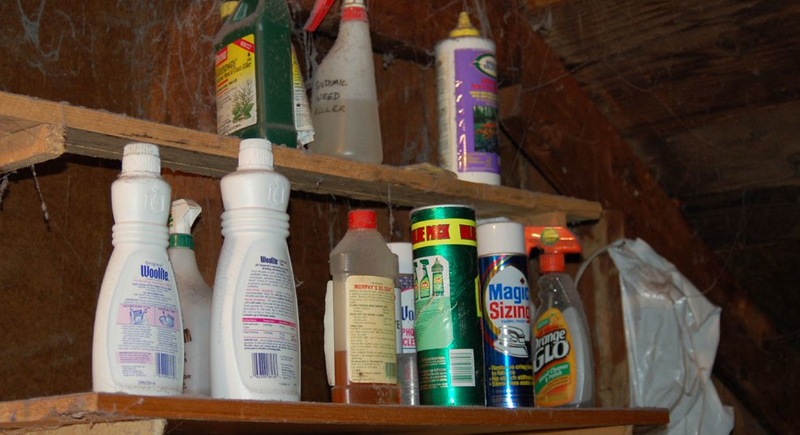
Credit: flickr
Cleaning agents in the Golden Age of America were powerful and dangerous. Products often contained bleach, ammonia, and phenol-based compounds. When mixed together or used in small, closed areas, they could cause breathing problems, skin burns, or even chemical poisoning. Labels rarely warned users, and ventilation wasn’t a priority.
Clothes Wringer Washers

Credit: flickr
Before the advent of fully automatic machines, clothes wringer washers were a common household appliance. They used two rollers to squeeze out water, but those same rollers also snagged fingers, long hair, and even loose sleeves. Injuries ranged from crushed bones to amputations, especially in households with children or distracted users.
Bakelite Electronics
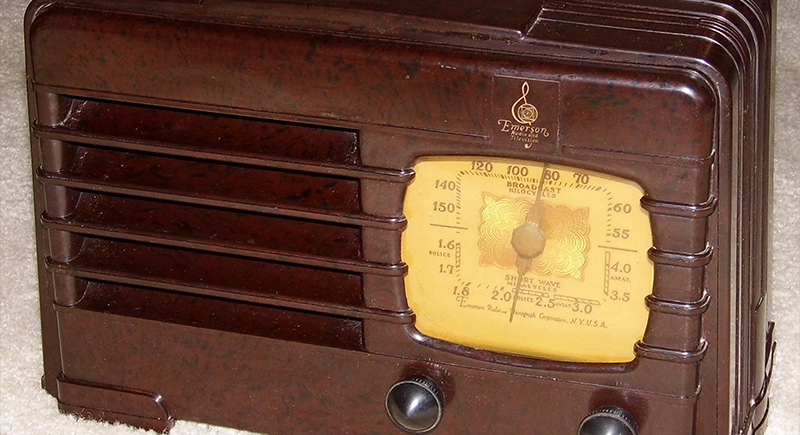
Credit: Wikimedia Commons
Radios and phones often featured Bakelite, a heat-resistant plastic made from formaldehyde and phenol, both hazardous chemicals. When heated, scratched, or cracked, Bakelite could release toxic fumes into the air. The manufacturing process exposed workers to high levels of formaldehyde, which contributed to respiratory illnesses and potential cancer risks.
Electric Blankets

Credit: Getty Images
Early electric blankets lacked insulation and temperature regulation. Faulty wiring inside could short-circuit, which could then cause fires and severe burns during sleep. Many blankets overheated when folded or bunched up. Families left them running all night, unaware of the potential for fabric ignition or even electrocution.
DDT Pesticide
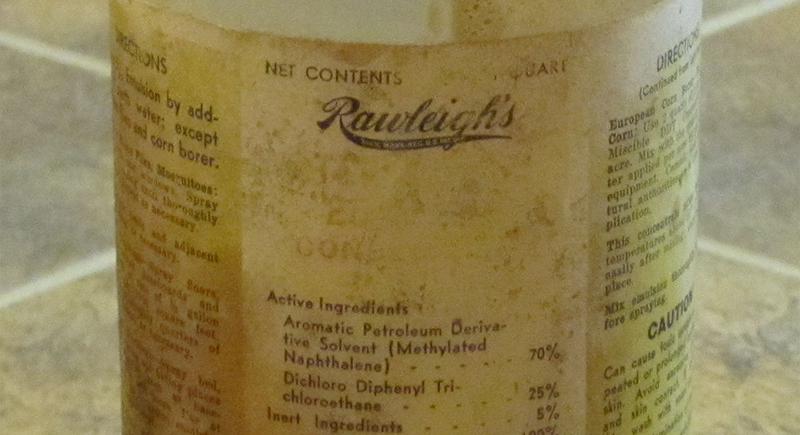
Credit: Wikimedia Commons
DDT was praised for keeping homes mosquito-free, but its long-term effects were devastating. This chemical builds up in fat tissue and has been linked to cancer, infertility, and neurological damage. It also devastated wildlife populations. Though banned in the U.S. in 1972, its residue persists in soil and water.
Cathode Ray Tube TVs
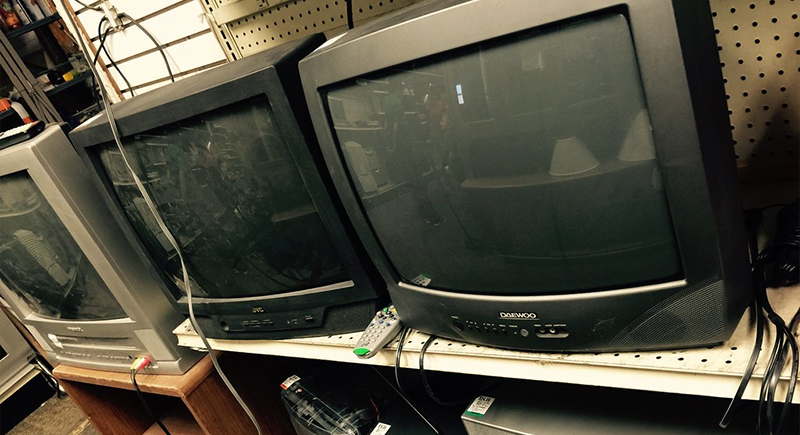
Credit: flickr
Those heavy box TVs used cathode ray tubes that emitted low-level radiation, particularly X-rays. Sitting too close for extended periods raised concerns about increased cancer risk, especially among children. Early models emit radiation levels above safe limits. The radiation came from the electron beam striking the screen’s phosphor coating, a process not well understood by the average viewer.
Pressure Cookers
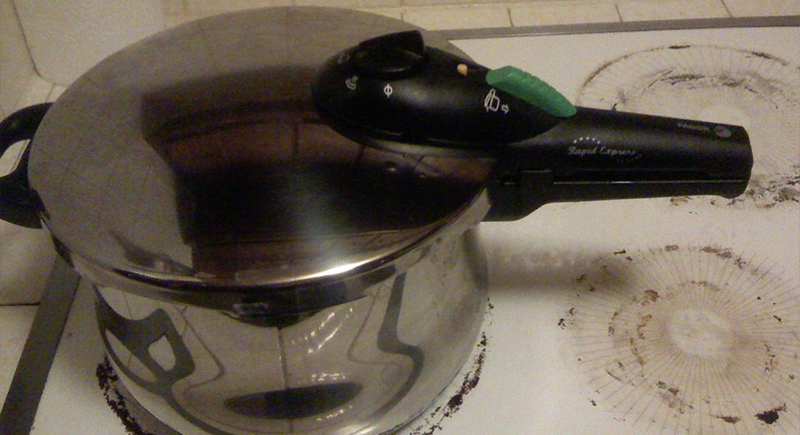
Credit: flickr
They may have looked futuristic, but pressure cookers of the ‘50s could be explosive. Without proper venting or safety locks, they were known to burst if opened prematurely or if pressure valves failed. Scalding steam and metal shrapnel caused countless kitchen injuries before updated designs arrived in the ‘70s.
Polystyrene Insulation

Credit: Getty Images
Polystyrene was praised for energy efficiency, but its fire behavior is alarming. When burned, it releases styrene gas, a potential carcinogen. Builders loved its lightweight form, but improper installation turned it into a hidden hazard. It also doesn’t biodegrade, which makes it a long-term environmental problem.
Atomic Energy Kits
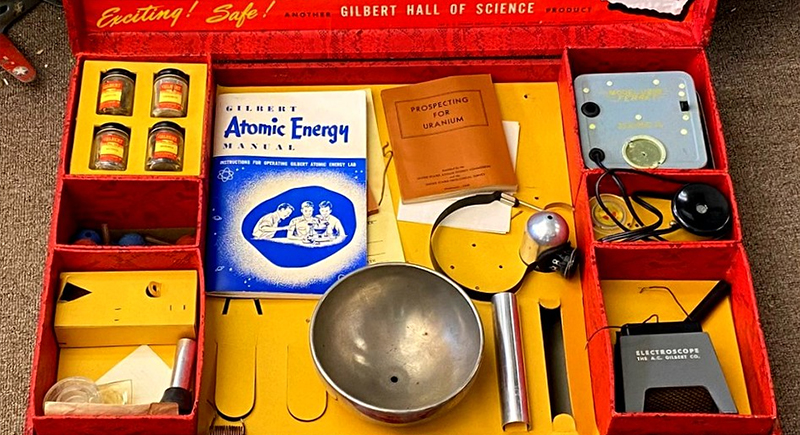
Credit: flickr
These science kits included real uranium ore, thorium samples, and functional radiation detectors. They were sold in department stores or mail-order catalogs, and promised hands-on learning about atomic energy. Prolonged exposure to the radioactive material, especially in confined spaces, carries serious health risks such as increased cancer risk and cellular damage.
Lead Tinsel

Credit: flickr
Christmas trees glimmered with lead-based tinsel that clung perfectly to branches, thanks to the metal’s weight and pliability. Unfortunately, those sparkly strands shed fine dust that children could inhale or ingest while playing near the tree. Lead exposure is especially harmful to young children, and even minimal contact with lead can result in long-term neurological damage.
Charcoal Grills Indoors
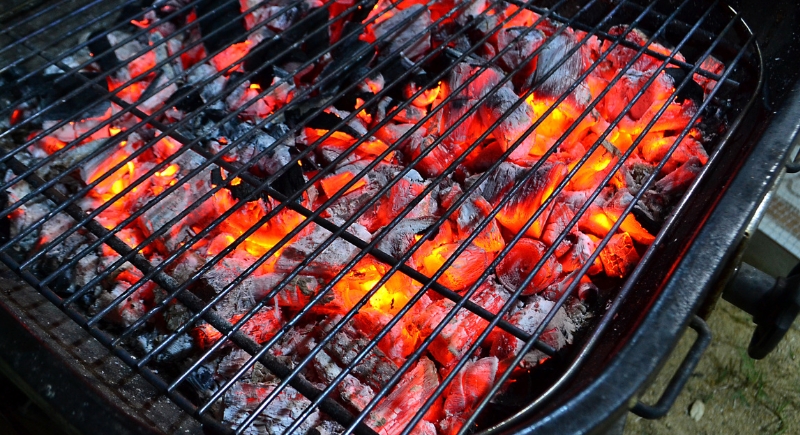
Credit: Getty Images
Families sometimes brought charcoal grills inside during cold months. The grills emitted carbon monoxide, a colorless and odorless gas. In unventilated rooms, it could quickly lead to poisoning or death. Symptoms often appeared too late, and awareness of the danger was virtually nonexistent at the time.
Refrigerators With Locking Doors

Credit: Getty Images
Older fridges often came with exterior locking handles to keep children out, but if a child climbed inside, the door would seal shut. There were tragic cases of children suffocating in discarded or closed refrigerators. The U.S. mandated a safety redesign in 1956 after public concern and multiple fatalities.
Hair Dryers
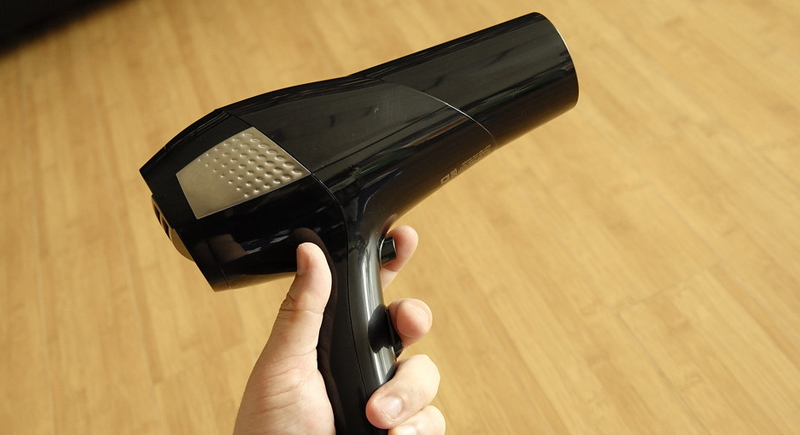
Credit: flickr
Hair dryers in those days were bulky and loud. Most models also lacked automatic shut-offs, which could cause them to overheat or spark during use. Exposed heating coils and ungrounded wiring caused electrical shocks or burns, especially in bathrooms with no ground-fault circuit interrupters.
Mangle Irons
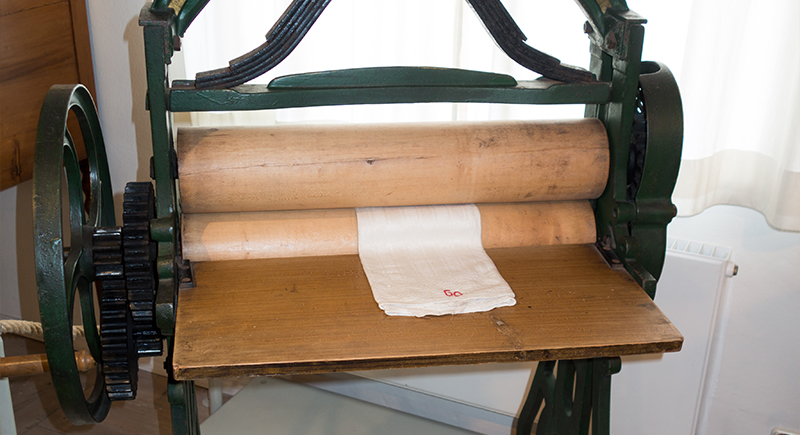
Credit: Wikimedia Commons
Mangle or rotary irons helped press large linens fast. However, they came with a price. The exposed rollers could trap hands and clothing, and emergency shutoffs were not standard in most home models. Reports of broken fingers and worse led many to abandon them by the ‘60s.
Folding Metal Lawn Chairs
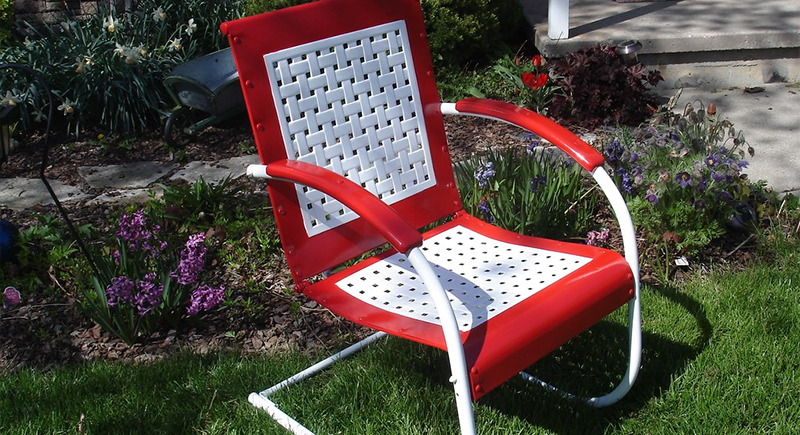
Credit: flickr
These folding chairs collapsed easily and had sharp edges that could pinch or cut skin or fingers. When wet, the metal frames became slippery and increased fall risks. As the vinyl straps wore out, people suddenly found themselves on the ground—or worse—with a twisted ankle or bruised tailbone.
Toilet Seat Covers with Asbestos Padding
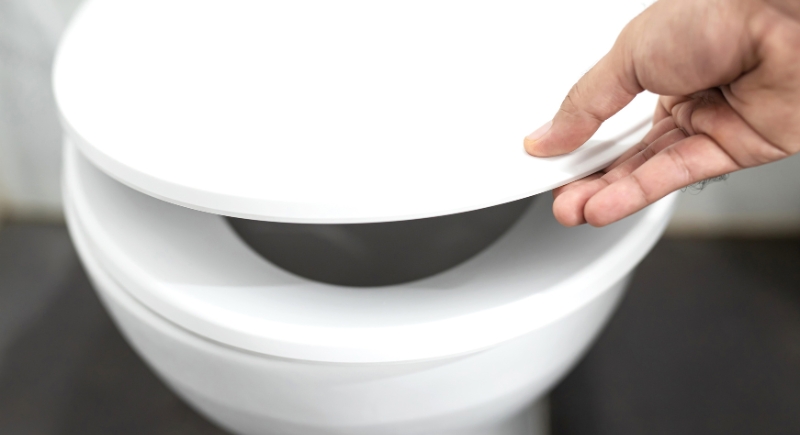
Credit: rattanakun
Many cushioned toilet seats in the 1950s used asbestos as internal padding because of its resistance to mold, heat, and degradation. The padding deteriorated over time and released microscopic fibers into the bathroom air. Prolonged inhalation raised the risk of lung-related diseases.
Insect Bomb Foggers
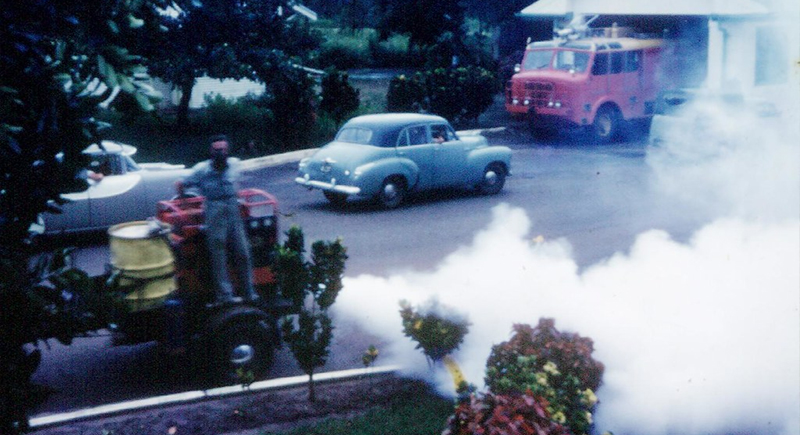
Credit: flickr
Early aerosol insect foggers were pumped with DDT, chlorinated hydrocarbons, and other volatile chemicals. Entire homes were fogged with windows closed, often with pets and people still inside. These toxic clouds contaminated furniture, toys, and food surfaces. Long-term exposure was linked to endocrine disruption, neurological damage, and cancer.
Glass Baby Bottle Warmers

Credit: flickr
These countertop devices utilized open heating elements to quickly warm milk-filled glass bottles. There were no shut-off timers or temperature regulators, so bottles often overheated until they cracked. Burns from shattered glass or scalding milk were common injuries. Over time, electric warmers were redesigned with safety cutoffs and insulated chambers.
Cadmium-Plated Ice Trays
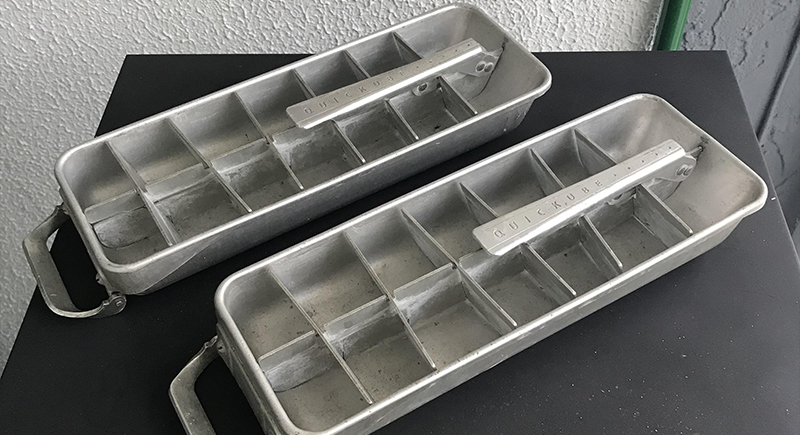
Credit: Reddit
Metal ice trays with cadmium-plated levers appeared in mid-century kitchens. Cadmium is a toxic heavy metal that can leach into ice if the plating deteriorates. Exposure has been linked to kidney disease and bone loss, but the dangers weren’t discovered until the 1960s.
Toy Cap Guns with Real Gunpowder
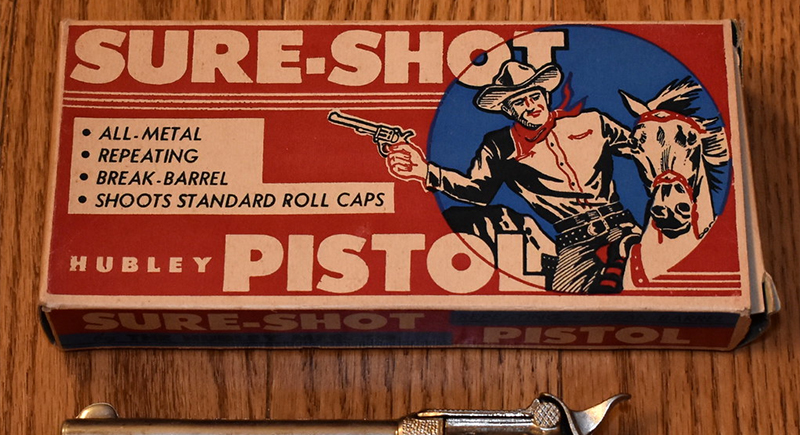
Credit: flickr
Cap guns back then used actual explosive compounds—typically Armstrong’s mixture—packed into paper rolls. The loud snap and smoke were part of the appeal, but burns, eye injuries, and small fires were regular hazards.
Carbon Tetrachloride Cleaning Fluids
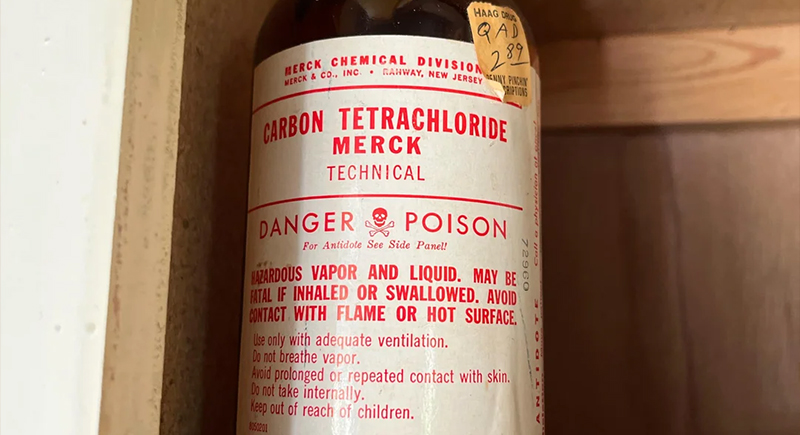
Credit: Reddit
This solvent was widely used in stain removers and dry cleaning sprays. Colorless and sweet-smelling carbon tetrachloride seemed ideal—until scientists linked it to liver damage, kidney failure, and nervous system harm. The vapors were hazardous in enclosed laundry rooms. It’s now banned for household use in most countries.
Hair Perm Kits with Thioglycolic Acid
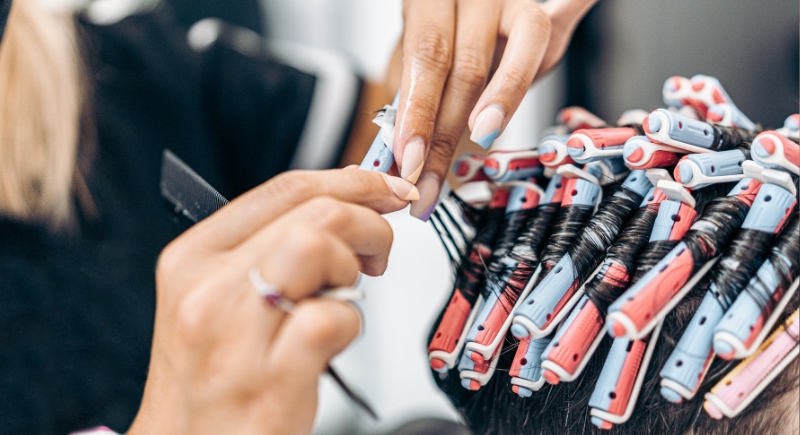
Credit: Canva
Home perm kits promised salon results but packed potent chemicals like ammonium thioglycolate and boric acid. Without gloves or ventilation, users suffered from chemical burns, scalp irritation, and even respiratory distress. Instructions lacked adequate warnings, and safety data sheets weren’t yet a thing.
Flammable Plastic Curtains
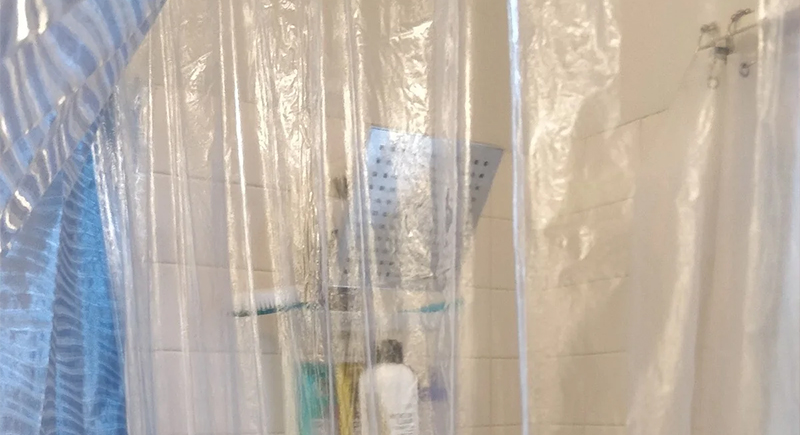
Credit: Reddit
Many mid-century homes featured sheer, decorative curtains made from acetate or nylon treated with plasticizers. These curtains ignited rapidly when exposed to sparks or cigarettes. Fire safety codes eventually led to the adoption of flame-retardant fabrics.
Home Shoe Polish Kits with Benzene
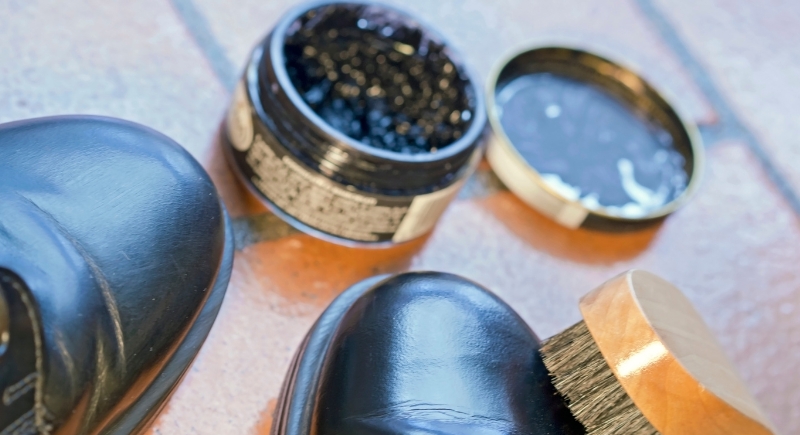
Credit: Getty Images
Shiny shoes mattered, and polish kits often included benzene-based solvents to “renew” leather. Benzene is now classified as a carcinogen, especially dangerous when inhaled in closed spaces. All those weekend polishings in the living room left behind lingering fumes. Prolonged exposure was linked to leukemia and other blood disorders.
Plastic Dishware with Melamine Formaldehyde
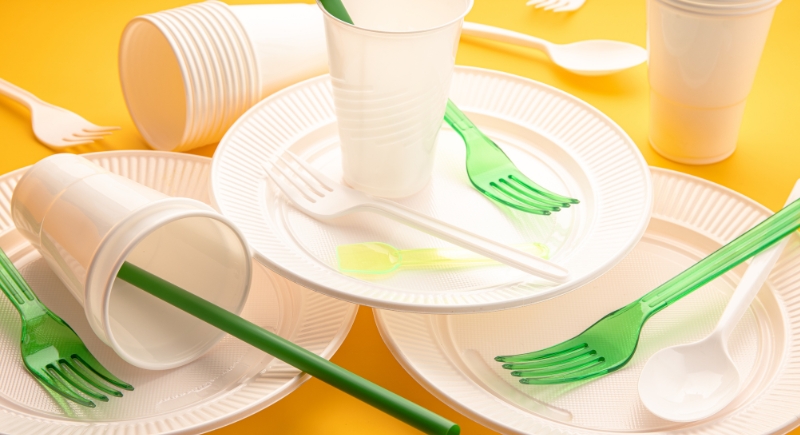
Credit: formatoriginalphotos
Melamine dishware was seen as colorful, shatterproof, and modern. But these early plastics often leached formaldehyde, particularly when used with acidic or hot foods. The resin breakdown caused both ingestion and inhalation risks. Modern melamine is regulated, but vintage sets are now considered unsafe for regular food contact.
Lye-Based Drain Cleaners
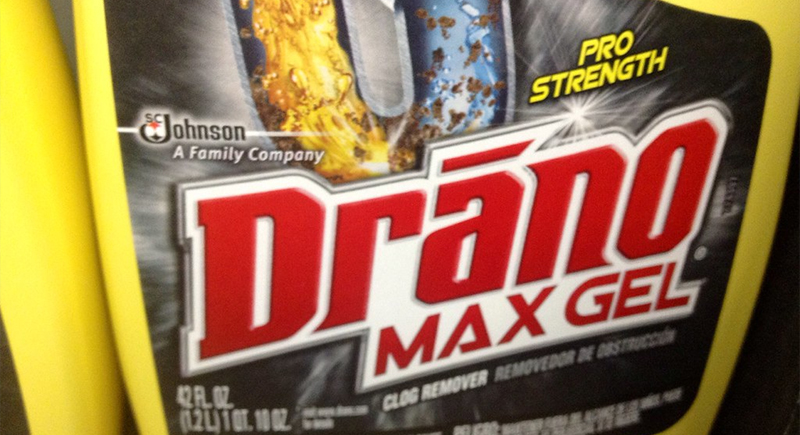
Credit: flickr
Household drain openers once relied heavily on lye, or sodium hydroxide, a caustic alkali that could cause instant chemical burns on contact. If mixed with water improperly, it generated extreme heat and splattered dangerously.
Ether-Based First Aid Sprays
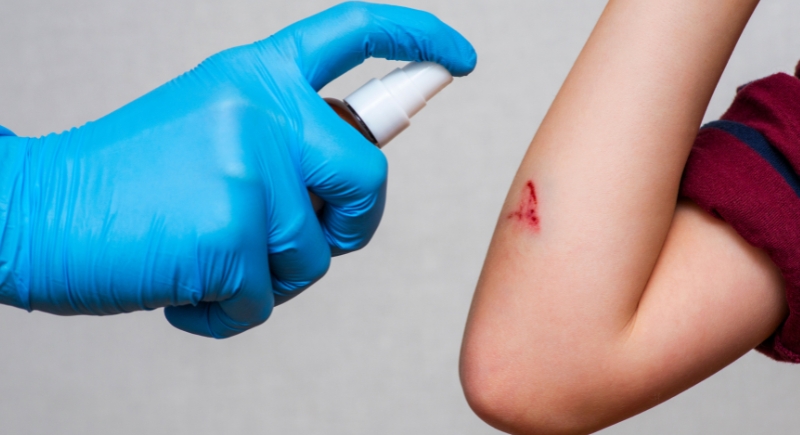
Credit: Getty Images
Cuts and scrapes in the ‘50s were often treated with spray anesthetics containing diethyl ether. Ether is flammable and can cause dizziness or unconsciousness if inhaled in poorly ventilated rooms. It also had a short shelf life and was prone to destabilizing in high heat.
Fluoroscope Shoe Fitting Machines

Credit: flickr
Shoe stores used fluoroscopes to show how feet fit inside shoes. Kids stood on platforms while real-time X-rays illuminated their bones, without protective shielding. Repeated exposure raised the risk of radiation burns and later cancers. The practice was banned in most states by the 1970s.
Chromium-Coated Furniture Legs

Credit: Reddit
Shiny metal finishes were the rage, and many chair and table legs were plated with hexavalent chromium. The compound is now recognized as a carcinogen and a respiratory hazard. Flaking coatings and household wear resulted in toxic dust buildup around the floors, particularly where small children played.
Roller Skates with No Ankle Support

Credit: pexels
Children were all about zipping around sidewalks in heavy metal roller skates that strapped over regular shoes. There was no ankle support, and the buckles loosened easily. And so, twisted ankles and faceplants were standard. Safety gear wasn’t sold with them, nor was it recommended.
Unshielded Sun Lamps

Credit: Getty Images
These UV lamps, marketed for winter “sun therapy,” were sold for boosting vitamin D or clearing skin blemishes. But most lacked filters or shielding and exposed users to direct ultraviolet radiation. This significantly raised the risk of skin cancer and eye damage, especially with extended use indoors.
Cadmium-Pigmented Children’s Jewelry
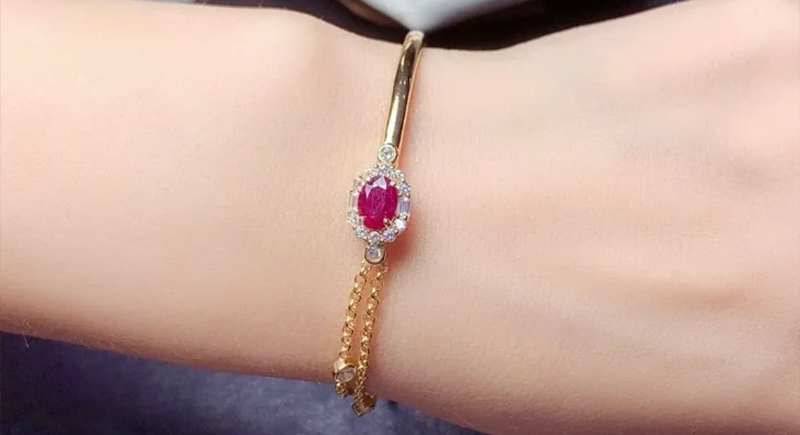
Credit: Reddit
Kids’ play jewelry in the 1950s was often coated in bright cadmium-based pigments, especially reds and yellows. Cadmium is highly toxic when ingested or absorbed through prolonged contact. Children who chewed or mouthed these toys risked kidney damage and bone weakening, though the danger wasn’t widely known at the time.
Perchloroethylene Dry Cleaning Fluids
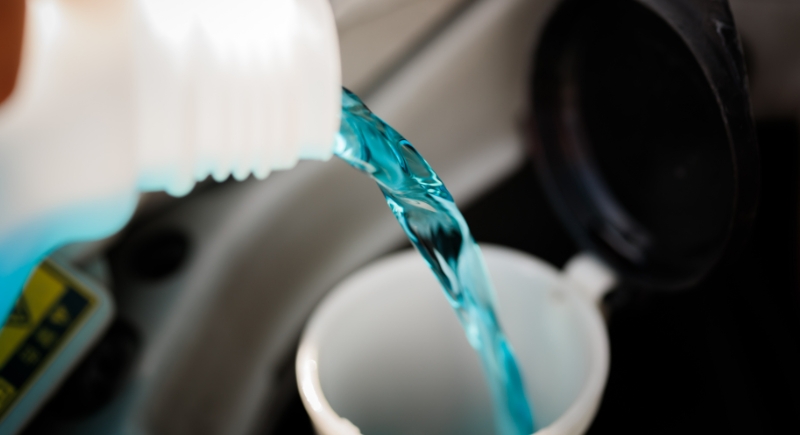
Credit: Getty Images
Some households kept perchloroethylene (also known as “perc”) on hand for spot-cleaning clothes. This solvent is now classified as a likely human carcinogen. Exposure to fumes in enclosed laundry rooms caused dizziness, organ damage, and, over time, increased cancer risk.
Real Animal Hair Brushes and Rollers
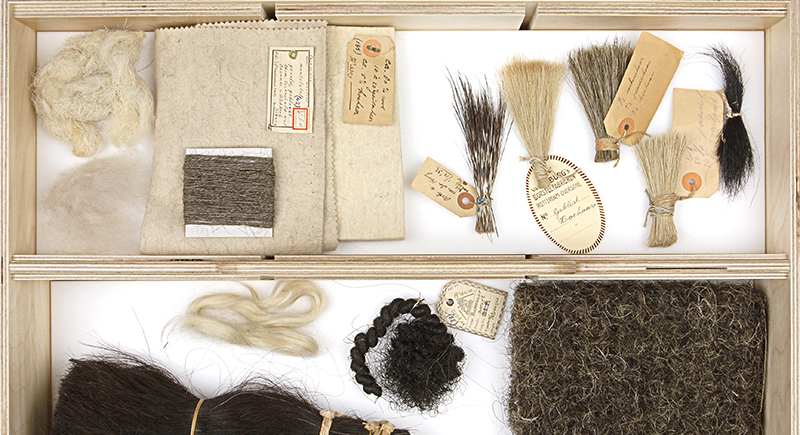
Credit: Wikimedia Commons
Hairbrushes and styling rollers during the ‘50s were often made from boar bristles or horsehair. When not cleaned properly, they harbored bacteria, mites, and mold. Combined with poor hygiene standards, these tools often contributed to scalp infections and skin conditions.
Pyrex Dishes with Lead Decoration
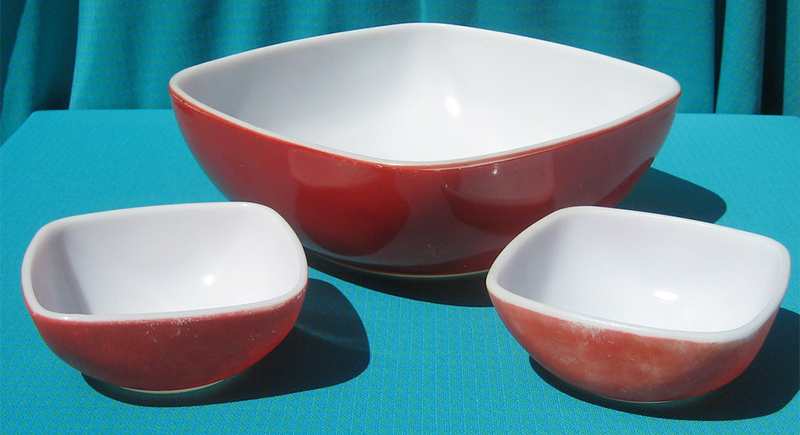
Credit: flickr
Decorative patterns on 1950s Pyrex were painted with lead-based enamels that flaked over time. These bright, cheerful prints could wear off onto food or washing water. Though the glass was heat-resistant, the colored designs were not. Testing has found elevated lead levels in vintage dish sets.
Heating Pads with Cotton Insulation
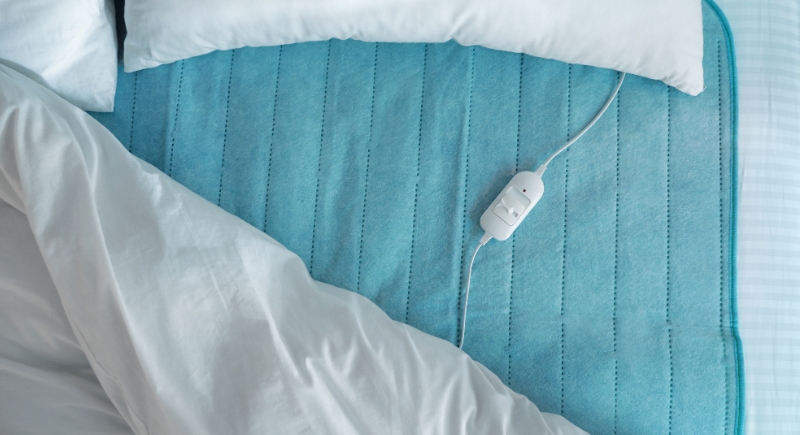
Credit: Africa images
Vintage heating pads were wrapped in fabric and lined with highly flammable cotton insulation. Without modern temperature regulation or timers, these pads often overheated and led to burns or bedding fires. The cords also tended to wear out quickly.
Play Makeup Kits with Coal Tar Dyes
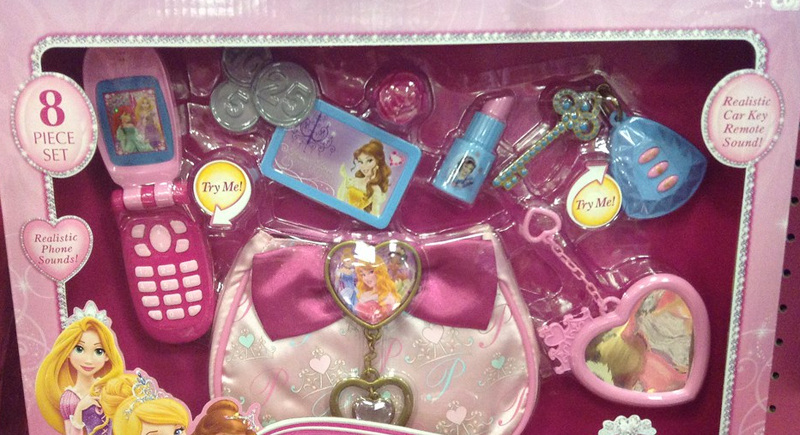
Credit: flickr
Little girls then had play makeup kits that often included eye shadow, blush, and lipstick with coal tar-based dyes. These synthetic colors contained heavy metals and allergens. Without FDA oversight, ingredients varied widely. Kids with sensitive skin frequently develop rashes or eye irritation after a few uses.
Carbon Paper with Solvent Ink
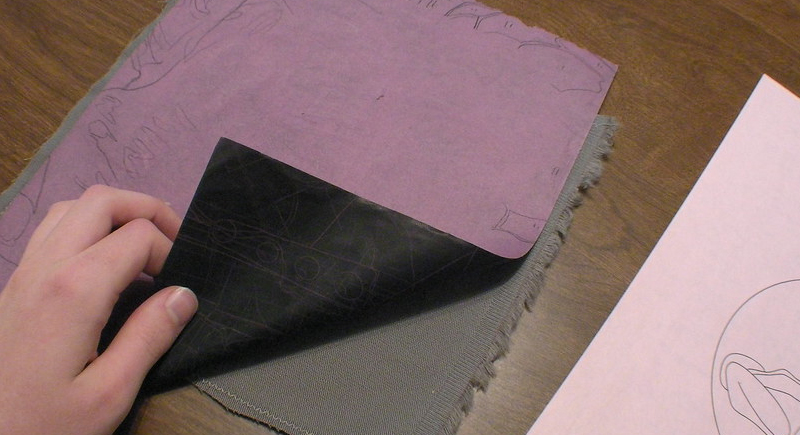
Credit: flickr
Before photocopiers, households used carbon paper to duplicate documents. The ink was petroleum-based and included volatile solvents that irritated the skin and lungs. It also stained anything it touched, and kids who handled it for fun were unknowingly exposed to toxins now heavily restricted in office supplies.
Porch Bug Zappers with Open Coils

Credit: Reddit
Early electric bug zappers often had exposed metal grids and coils powered by household current. They electrocuted insects on contact, but also shocked curious kids who touched them. There were no casings, guards, or ground fault protection. Some even started fires when hung near drapes or siding.
Furniture Polish Containing Toluene
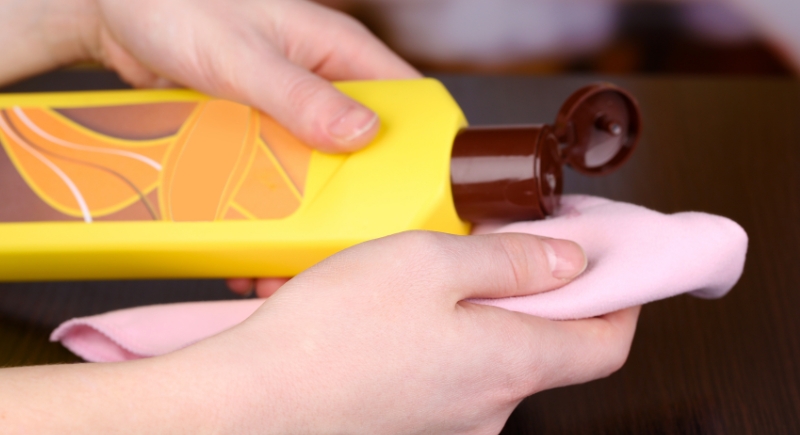
Credit: pixelshot
Furniture sprays used to contain toluene, a strong-smelling solvent tied to neurological issues with repeated exposure. Users often sprayed it indoors without masks or ventilation. Short-term effects included headaches and dizziness, while chronic exposure risked kidney and liver damage. Toluene has since been restricted in many consumer products.
DIY Lead Solder Kits for Repairs
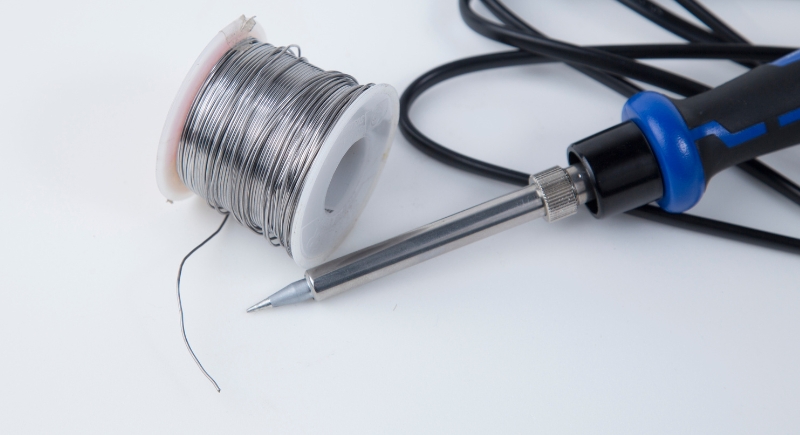
Credit: Getty Images
Soldering kits sold for home electronics repairs included sticks of lead-based solder and a cheap iron. No gloves, goggles, or ventilation were provided. Fumes from melting lead created toxic particles, and skin contact increased the risk of exposure. Hobbyists and teens often learned the dangers only decades later.
Ceramic Cookware with Uranium Glaze
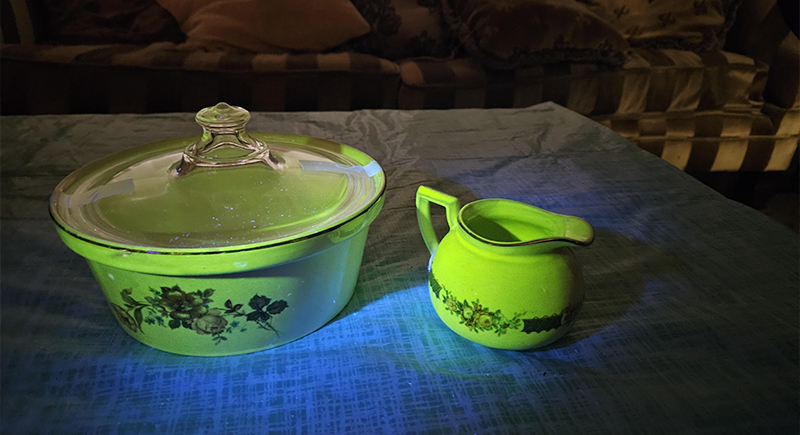
Credit: Reddit
Some mid-century ceramic cookware—especially Fiesta ware—was glazed with uranium oxide for its brilliant red-orange color. When heated, these glazes sometimes leached radioactive particles or heavy metals into food. The radiation levels were low but measurable.
Open-Flame Space Heaters
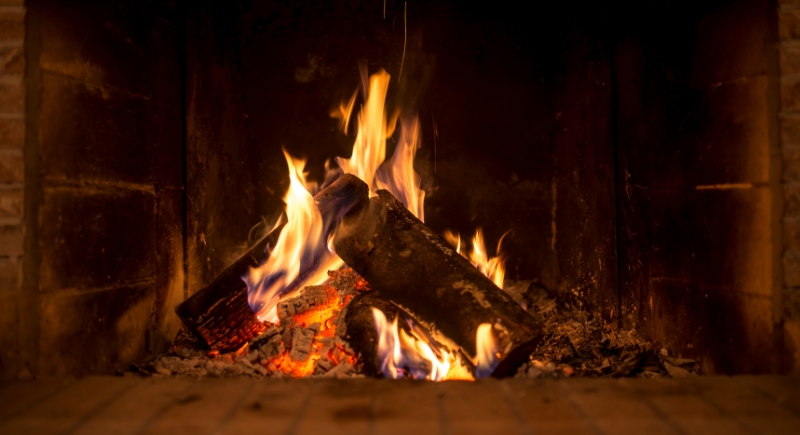
Credit: Canva
During the post-war era, portable space heaters that ran on propane or kerosene lacked flame guards and carbon monoxide detectors. They were used indoors despite poor ventilation and led to thousands of poisoning cases annually. A simple tip-over could ignite carpets, clothing, or drapes in seconds.
Clacker Toys Made from Acrylic Balls

Credit: Reddit
These toys had two hard acrylic balls on a string that kids clacked together at high speeds. When struck too forcefully, they shattered and sent sharp shards into faces or eyes. Some even broke apart mid-play. They were eventually pulled from shelves by the early ‘70s.